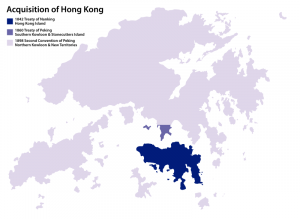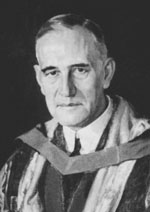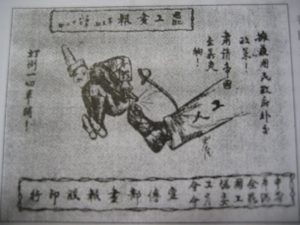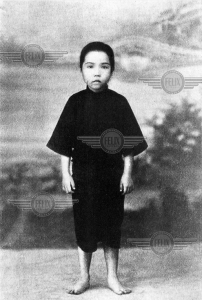Week 5: Society in Motion
I. Hong Kong in the 1920s and 1930s
- Population: ~600,000 (1921) . . . ~850,000 (1931) . . . Kai Tak Airport (1928)
- Early industries: The Nanyang Brothers Tobacco Company (early 1900s; 1 | 2) . . . Kwong Sang Hong (1912; cosmetics, perfumes, soap, etc.) . . . Others (batteries, flashlights, underwear, etc.)
- Constitutional reforms: Chow Shouson (1926)
- Strikes: Mechanics’ Strike (1920; ~10,000 workers) . . . Seamen’s Strike (1922; >50 days . . . >100,000 workers)
- Canton–Hong Kong Strike (1925–1926)—May 30 Movement (Shanghai, 1925) . . . 50,000 left in the first week; 250,000 by July (out of ~725,000) . . . trade fell by 50% (loan: 3 million pounds)
II. Ambivalence of Colonialism
- Colonial gaze: The Poor Man (1923) . . . Painted Veil (1924) . . . The Port of Fragrance (1930)
- Cecil Clementi 金文泰 (1875–1947; Governor, 1925–30)—first posting to HK (1899) . . . Cantonese examination passed (1900; Cantonese Love Songs [1904] ) . . . New Territories (1904–1906) . . . International Opium Conference (1909) . . . British Guiana (1913–22) . . . Ceylon (1922–25)
- Chinese culture—University of Hong Kong (founded 1912) . . . Speech at HKU (24 June 1927) (originally in Cantonese; English trans.) . . . Lu Xun (1881–1936)
- The mui tsai question (1923/1929/1938)—the Hong Kong Anti-Mui Tsai Society (1921)
- Obviously, Singapore was not Hong Kong. But what could we learn from Janet Lim's autobiography? Did any part of her story or the document on mui tsai found in the Faure collection surprise you?
- Consider the profiles of workers in Hong Kong in the 1930s. What were some of the common traits you could identify? In what ways was gender a variable? Are there particular dimensions about these profiles that were surprising to you?

- Chu, Cindy Yik-yi, ed. Foreign Communities in Hong Kong, 1840s–1950s. New York: Palgrave Macmillan, 2005.
- Fung Chi Ming. Reluctant Heroes: Rickshaw Pullers in Hong Kong and Canton, 1874–1954 . Hong Kong: Hong Kong University Press, 2005.
- Fung, Cornelia Lichauco, and Yaoquan Yin. Fung Ping Shan: The Man, His Life and His Library. Hong Kong: The University of Hong Kong libraries and the Commercial Press., 2012.
- Yuen, Karen. "Theorizing the Chinese: The Mui Tsai Controversy and Constructions of Transnational Chineseness in Hong Kong and British Malaysia ." New Zealand Journal of Asian Studies 6.2: 95–110.
Top







